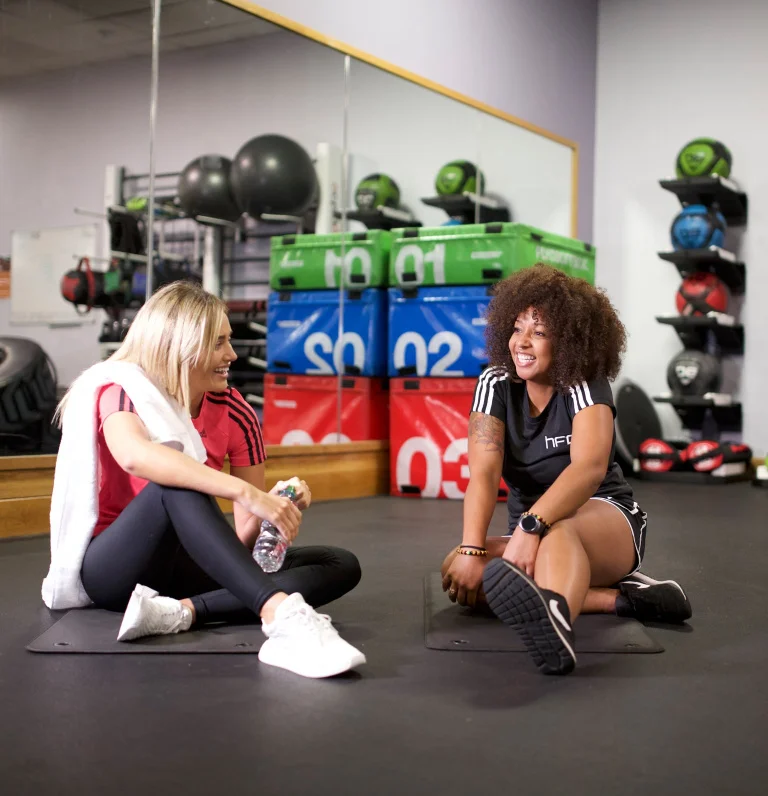If you have recently been to a modern health club, you won’t have been able to ignore the rather peculiar looking vibrating contraptions that appear to be trying to ‘shake their users into shape’. Are these machines credible? Do they work? In this 3 part article will explore the facts surrounding this type of exercise and provide some guidance on how you can incorporate vibration training into your workouts. Alternatively, if you are a Gym Instructor or Personal Trainer looking for some new information to share with your clients, you may also find this useful. The content of this edition will primarily focus on how vibration training related to resistance training.
Vibration training or whole-body vibration (WBV) is an exercise phenomenon that has recently emerged into mainstream fitness clubs and has become increasingly popular throughout the European health and fitness industries. WBV applies low to moderate levels of vibration to stimulate the neuromuscular system and in doing so increases the muscle’s ability to produce force. Whilst most forms of vibration training are performed using a platform like that in the video clip below, other types of vibration training include the use of flexible vibrating sticks and or vibrating dumbbells.
What is vibration training?
WBV training is usually completed on a vibrating platform which typically has 2 variables, frequency and amplitude. Frequency refers to the number of times the platform vibrates in a given second and is measured in hertz (Hz), whilst amplitude, which is measured in millimetres (mm) quantifies the extent the platform is displaced vertically during the vibration. For example, when a standing squat exercise is performed at 30 Hz and 2.5 mm, the lower body muscles will be required to contract and relax 25 times each second. When the amplitude and frequency are increased, the exercise becomes more intense. The vibrations are typically at their greatest at the point of contact with the platform, when standing on the platform the vibration reduces as it moves up the body.
How does vibration training work?
Within the muscle, the cells responsible for measuring the magnitude of tension and deformation of the muscle fibre are ‘muscle spindles’. These coil like structures feed sensory information back to the spinal cord, or central nervous system (CNS) about the type and level of stress being applied to the muscle fibre. When stimulated, the muscle spindles inform the CNS that tension and deformation is present within the muscle fibre, the CNS then initiates an involuntary contraction (reflex) of these muscles to protect the fibre from tears and rupture. This protective ‘stretch reflex’ is what prevents many people from being able to touch their toes. During WBV exercises the muscle spindles are stimulated with each vibration which increases the number of muscle fibres activated during that exercise. Some studies have also demonstrated that the activation of muscle spindles will cause a reflexive contraction in adjacent muscles also, even though these may not be recruited directly by the vibration exercise.
The activation of muscle fibres is initiated by motor neurons or nerves within the spinal cord; these neurons initiate the movement by sending impulses or signals from the brain to the muscles. During typical resistance training, the activation of these motor neurons limits the number of muscle fibres that can be recruited and subsequently the magnitude of force generated. WBV training appears to stimulate a greater activation of these motor neurons which in turn results in a greater number of muscle fibres being recruited. Since muscle fibres are recruited sequentially (gradation of force) from slow to fast twitch (or type 1 –type 2), WBV training not only results in a greater number of muscle fibres being recruited, it also seems to result in a greater number of fast twitch fibres being activated; this is something that is difficult to achieve with conventional resistance exercises.

